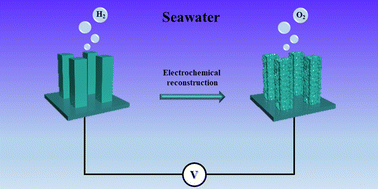カリフォルニア大学リバーサイド校の物理学者と同僚が、なぜ反物質ではなく物質が宇宙を支配しているのかを説明するために、宇宙論的衝突型加速器を利用することを提案しました。 UC Riverside physicist and colleague invoke the cosmological collider to explain why matter, and not antimatter, dominates the universe
2022-09-08 カリフォルニア大学リバーサイド校(UCR)
物理学者は、最大の宇宙構造と最小の既知の物体との直接的なつながりを利用して、宇宙を「宇宙論的コライダー」として使用し、新しい物理学を調査しています。これを「宇宙論的衝突型加速器」と呼んでいる。
カリフォルニア大学リバーサイド校と中国清華大学の物理学者たちは、「宇宙論的衝突型加速器」によって、物質の宇宙での起源を探る新しい道を切り開いた。
銀河や宇宙マイクロ波背景など、現在の宇宙の中身に宇宙コライダーが与えた痕跡を調べることで、新しい素粒子物理学が明らかになる可能性がある。
宇宙論的衝突型加速器の物理学を応用し、SPHERExや21cm線トモグラフィーなどの今後の実験による我々の宇宙の構造を測定する精密データを用いることで、物質の宇宙での起源に関する謎を解明できるかもしれない。
今回の研究では、宇宙インフレーション時の微視的物理を彷彿とさせる、現在観測されている宇宙構造における物体の空間分布の詳細な統計的特性を解読することで、レプトジェネシスを検証することを提案している。
<関連情報>
- https://news.ucr.edu/articles/2022/09/08/unraveling-mystery-surrounding-cosmic-matter
- https://journals.aps.org/prl/abstract/10.1103/PhysRevLett.129.111301
- https://pweb.cfa.harvard.edu/news/scientists-are-using-universe-cosmological-collider
コスモロジーコライダーで探るレプトジェネシス Probing Leptogenesis with the Cosmological Collider
Yanou Cui and Zhong-Zhi Xianyu
Physical Review Letters Published:8 September 2022
DOI:https://doi.org/10.1103/PhysRevLett.129.111301
ABSTRACT
Leptogenesis is generally challenging to directly test due to the very high energy scales involved. In this Letter, we propose a new probe for leptogenesis with cosmological collider physics. With the example of a cosmological Higgs collider, we demonstrate that during inflation leptogenesis models can produce detectable primordial non-Gaussianity with distinctive oscillatory patterns that encode information about the lepton-number violating couplings, the Majorana right-hand neutrino masses, and the CP phases, which are essential to leptogenesis.



